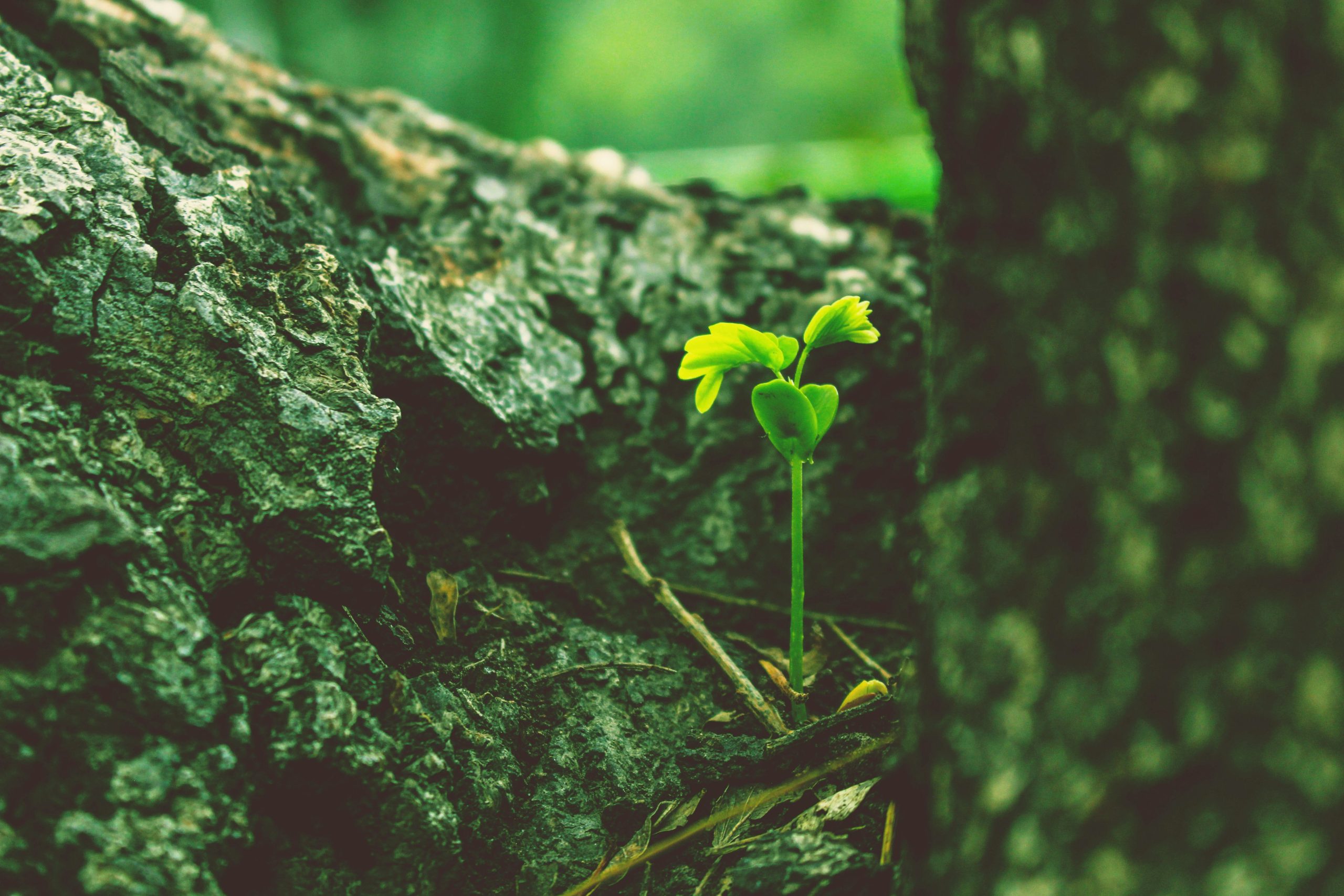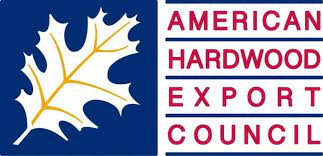You might be familiar with the fact that Earth is full of carbon-based life, but do you really know what it means? You might be wondering yourself or have a kid in your life who’s been pestering you with questions after taking up an interest in science. Have no fear — we’ll give you a crash course in the carbon cycle and put these concepts in simple terms so you can easily share your knowledge with everyone in your life.
What’s the Carbon Cycle?
Carbon is an element that makes up compounds in all life on Earth — so you could say it’s pretty important. As organisms on the plant grow, die, and decompose, they constantly carbon in the form of carbon dioxide (CO2) with the atmosphere. This process is the carbon cycle.

How Does the Carbon Cycle Work?
Earth is a closed system. Our atmosphere is thick enough to maintain the conditions life needs to survive, such as water and oxygen. The carbon cycle allows consistent CO2 levels. If there’s too little CO2 in the atmosphere, it doesn’t insulate the planet well enough and temperatures drop. Too much and temperatures can rise. The carbon cycle helps maintain this delicate balance.
If we break it down into simple terms, the carbon cycle is just three steps. Here’s how it works:
Organisms release carbon: All organisms release carbon throughout their lives, such as when humans breathe.
The carbon sinks store carbon: As organisms release carbon, it’s stored in carbon sinks, such as hardwood forests, until the next step.
Organisms absorb carbon from a carbon sink: Organisms use the stored carbon to fuel life processes, such as when plants absorb CO2 as part of photosynthesis.
What’s the Best Way To Explain the Carbon Cycle to Kids?
The best way to explain the carbon cycle to kids is to choose a specific example of how this cycle works. Instead of thinking of the Earth as a closed system where this cycle happens constantly in billions of exchanges, go smaller:
A plant absorbs CO2 from the air to make food through photosynthesis.
This fuels the plant to grow, storing carbon in the new growth.
Eventually, the plant dies and releases CO2 back into the air as it decomposes.
A new plant absorbs the same CO2 from the air.
Feel free to use the above example. But if you’re struggling to find your own words, then books are a great resource in environmental education for kids. Looking for the perfect children’s book about nature to make bedtime more educational?
“The Hardwood Heroes” is a story of four tree friends who embark on an adventure to learn their role in sustainability and the important qualities that make them so important to the planet.
Carbon Sequestration: What you need to know
Carbon sequestration refers to the part of the carbon cycle where carbon is captured and stored in a carbon sink. The most common ways carbon is sequestered are:
Geological: Rocks store carbon as certain minerals react with the CO2 in the atmosphere.
Biological: Plants absorb CO2 during photosynthesis.
Oceanic: Aquatic plants and phytoplankton absorb CO2 during photosynthesis. Water also dissolves CO2.
Technological: Some man-made inventions, such as chemical compounds, absorb CO2.

Carbon Storage vs. Carbon Sequestration
Carbon storage and carbon sequestration are very similar, so it’s easy to mix them up. In easy terms, carbon storage usually refers to the amount of carbon stored in a carbon sink. Carbon sequestration refers to the process of a carbon sink absorbing that carbon.
Support the Carbon Cycle with Lumber from Gutchess
If there’s anything we can learn from the carbon cycle, it’s that the Earth is in a delicate balance. As lumber manufacturers who truly take the health of this planet seriously. We use and support proper forest management practices, including strategic hardwood harvesting that sequesters carbon indefinitely via our quality lumber.
The next time you’re looking for the right lumber provider for your business, choose Gutchess Lumber Co., Inc., and know that you’re making a better choice for both your customers and your planet.

